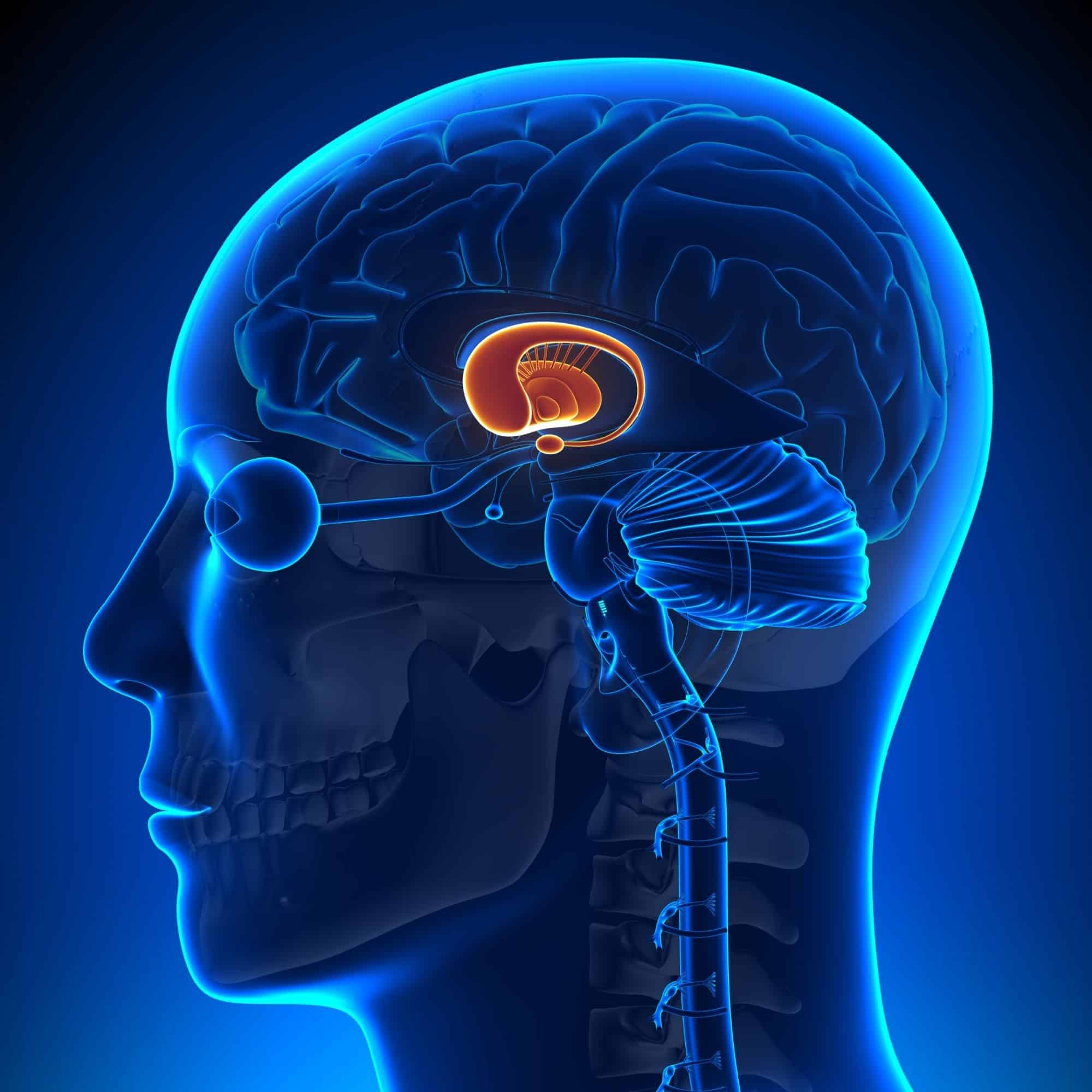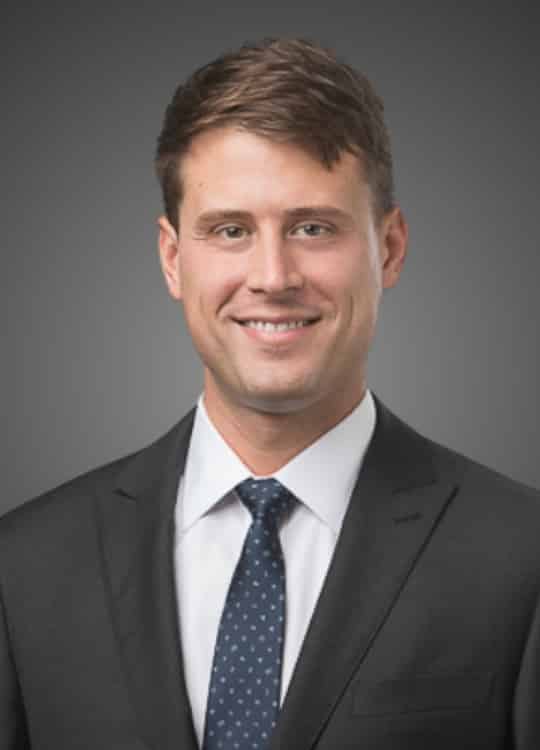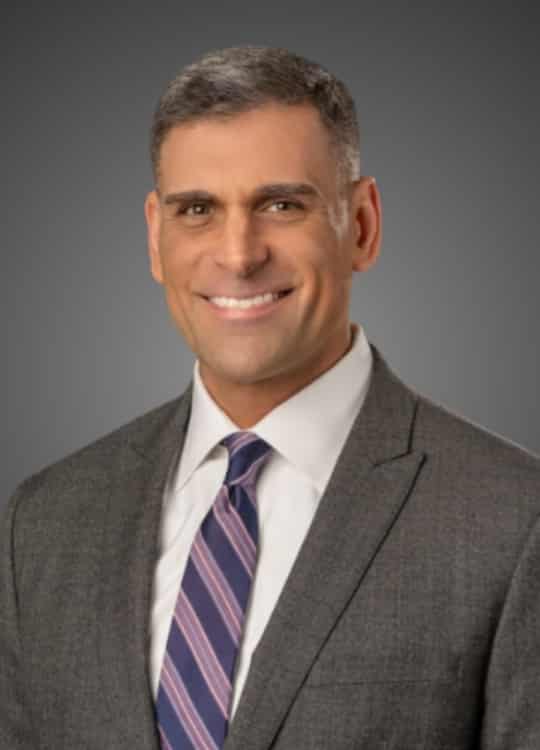Dystonia
Dystonia is a very complex neurological movement disorder characterized by involuntary muscle contractions. This t is a condition that knows no age, ethnic, or racial boundaries – it can affect young children to older adults of all races and ethnicities.
Dystonia results from abnormal functioning of the basal ganglia, a deep part of the brain which helps control the coordination of movement. These regions of the brain control the speed and fluidity of movement and prevent unwanted movements. Patients with dystonia may experience uncontrollable twisting, repetitive movements, or abnormal postures and positions. These can affect any part of the body, including the arms, legs, trunk, face, and vocal cords. Our Neurosurgery and Spine Specialists at MD West ONE can help diagnose and treat dystonia.

Signs and Symptoms
- Dystonia is sometimes misdiagnosed as stress, a stiff neck, or a psychological disorder
- Dystonia initially arises after specific movements or tasks, but in advanced stages, it may occur at rest
- It affects the same group of muscles, thus causing a repetitive pattern of movements over time.
- Eye irritation, excessive sensitivity to bright light, and increased blinking
- Subtle facial spasms, difficulty chewing, or changes in speech
- Cramping of the hand during writing
- fatigue during walking or other manual activities may indicate limb dystonia.
Dystonia Classification
The chance that dystonia will affect multiple body parts is generally linked to the age of onset. The younger one is at onset, the greater the chance that symptoms will spread. Conversely, the older one is at onset, the more likely that the disorder will remain more moderate.
Dystonia is classified by three main factors:
- Age
- Body Part
- Cause
There is a three-tiered approach to treating dystonia: botulinum toxin (botox) injections, several types of medication, and surgery. These may be used alone or in combination. Medications and botox can both help block the communication between the nerve and the muscle and may lessen abnormal movements and postures.
For more information, please click on the link below for our handout.








